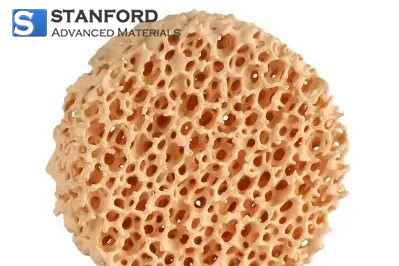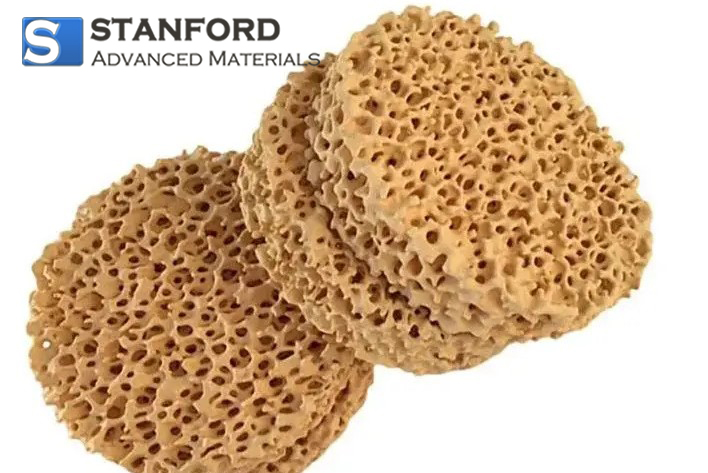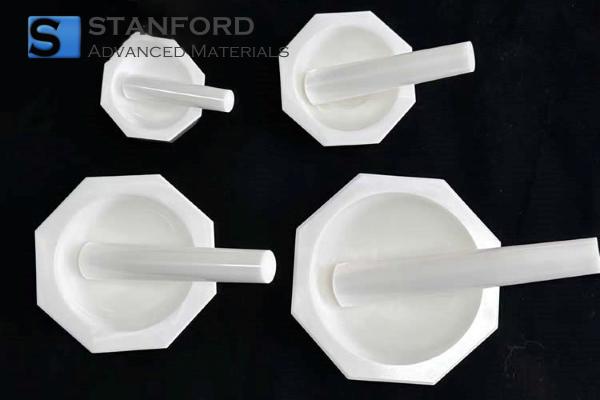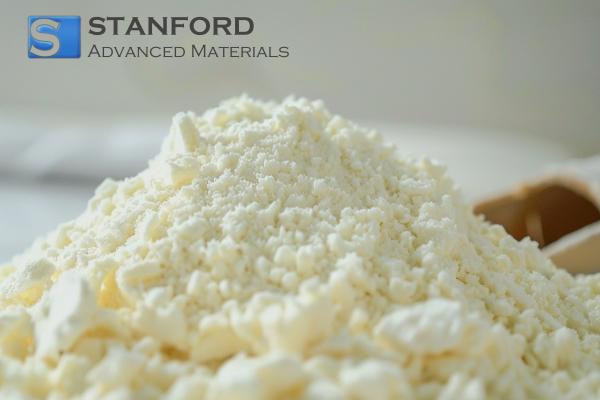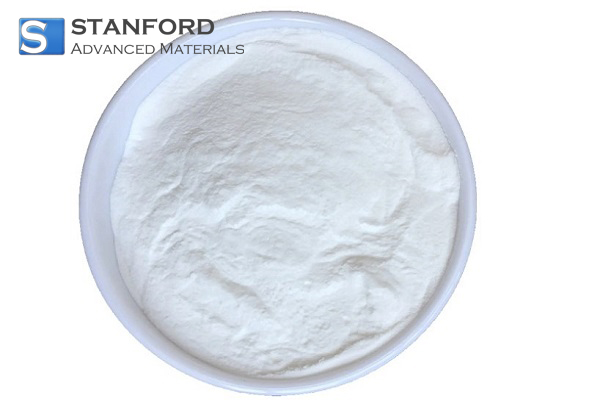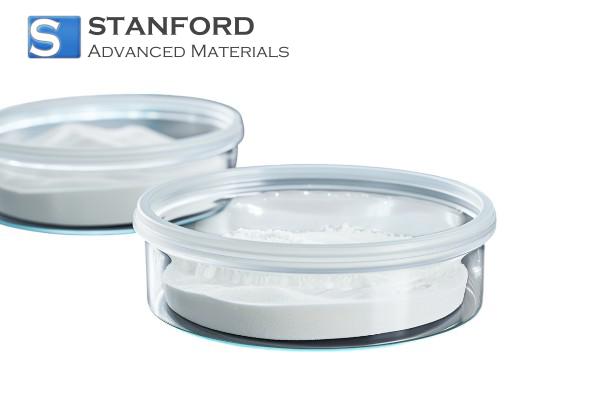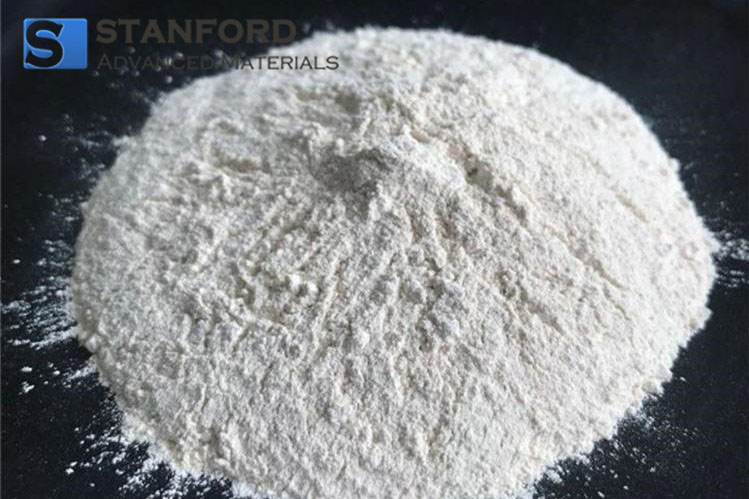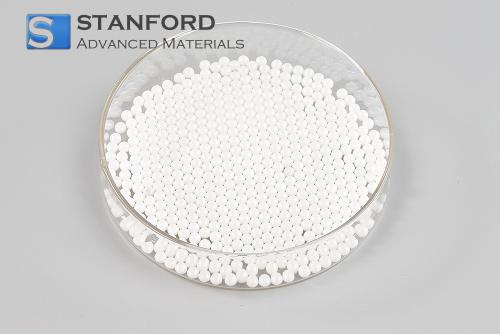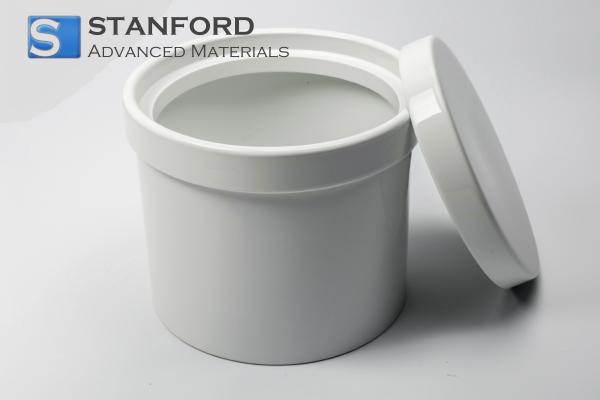Zirconia Ceramic Foam Filters Description
Zirconia Ceramic Foam Filters are used for molten all types of steel like unalloyed, low alloyed, stainless, and high-alloyed as well as Nickel and Cobalt-based super-alloys. With their excellent resistance to attack and corrosion from molten steel liquid, they can effectively remove inclusions, reduce trapped gas from liquid metal and provide laminar flow, and then the filtered metal is significantly cleaner. Cleaner metal results in higher-quality castings, less scrap, and fewer inclusion defects.
Zirconia Ceramic Foam Filters Specifications
|
Properties
|
Unit
|
Value
|
|
Color
|
-
|
Yellow
|
|
Pores Per Inch
|
-
|
10-60ppi
|
|
Porosity
|
-
|
70-90%
|
|
Working Temperature
|
oC
|
<1700
|
|
Flexural Strength (Room Temperature)
|
Mpa
|
>1.0
|
|
Compression Strength (Room Temperature)
|
Mpa
|
>1.2
|
|
Volume Density
|
g/m3
|
0.9-1.5
|
|
Thermal Shock Resistance
|
-
|
1100°C---room temperature 6 times
|
Chemical Composition
|
Al2O3
|
MgO
|
SiO2
|
ZrO2
|
Fe2O3
|
|
≤1.8%
|
≥3.0%
|
≤0.5%
|
≥ 94.00%
|
≤0.10%
|
Zirconia Ceramic Foam Filters Applications
1. Metal Casting: The primary application of zirconia ceramic foam filters is in the casting of high-temperature alloys, particularly steel and stainless steel. These filters remove non-metallic inclusions and other impurities from the molten metal, leading to a cleaner, defect-free cast. This is crucial in industries such as aerospace, automotive, and precision engineering, where the quality of cast components is critical.
2. Investment Casting: In the investment casting process, which is used to produce complex and precise metal parts, zirconia ceramic foam filters are employed to filter molten metal before it enters the mold. This ensures that the final product is free of defects caused by impurities, improving its mechanical properties and surface finish.
3. Foundry Operations: In foundries, zirconia ceramic foam filters are used to improve the quality of castings by filtering out slag, dross, and other inclusions from molten ferrous and non-ferrous metals. This leads to higher yield, reduced scrap rates, and enhanced mechanical properties of the cast components.
4. Aerospace Industry: The aerospace industry demands components with high structural integrity and resistance to extreme conditions. Zirconia ceramic foam filters are used in the casting of turbine blades, engine components, and other critical parts to ensure they meet stringent quality standards.
5. Automotive Industry: In the automotive sector, these filters are used in the casting of engine blocks, cylinder heads, and other high-performance components. By removing impurities, the filters help produce parts with better durability, strength, and resistance to wear and fatigue.
6. Steel and Alloy Production: In steel mills and alloy production, zirconia ceramic foam filters are used to refine molten steel and alloys by removing inclusions and improving the homogeneity of the material. This enhances the overall quality of the metal, making it suitable for demanding applications.
7. Continuous Casting: In continuous casting processes, zirconia ceramic foam filters are used to ensure a consistent and clean flow of molten metal into the molds, reducing the occurrence of defects and ensuring the production of high-quality billets, slabs, and ingots.
8. Non-Ferrous Metal Casting: Although zirconia filters are primarily used in high-temperature ferrous metal casting, they are also used in the casting of non-ferrous metals like aluminum, copper, and nickel-based alloys. They help improve the quality of the final cast products by removing oxides and other impurities.
9. Glass Industry: In the glass industry, zirconia ceramic foam filters can be used in the manufacturing process to filter molten glass, ensuring that the final product is free from bubbles, seeds, and other inclusions that can compromise its optical clarity and structural integrity.
10. Chemical Processing: Zirconia ceramic foam filters are also used in chemical processing industries where they are exposed to corrosive environments and high temperatures. They help filter molten salts and other corrosive materials, ensuring the purity and quality of the processed materials.
Frequently Asked Questions (FAQ)
- How do Zirconia Ceramic Foam Filters work?
Molten metal is poured through the porous ceramic structure of the filter. The filter captures and retains impurities and solid particles while allowing the clean metal to pass through. This results in cleaner, higher-quality castings.
- What types of metals can be filtered using Zirconia Ceramic Foam Filters?
Zirconia Ceramic Foam Filters are suitable for filtering a wide range of metals and alloys, including aluminum, steel, copper, and various other non-ferrous metals.
- Are Zirconia Ceramic Foam Filters reusable?
While Zirconia Ceramic Foam Filters can withstand multiple uses, their effectiveness may diminish over time due to clogging from accumulated impurities. They can often be cleaned and reused several times before replacement is necessary.
Related articles:
Zirconia Structures for Dentistry
Why is zirconia an essential material?
Zirconia in Ceramic Materials


 English
English Española
Española Deutsch
Deutsch Français
Français Italiano
Italiano